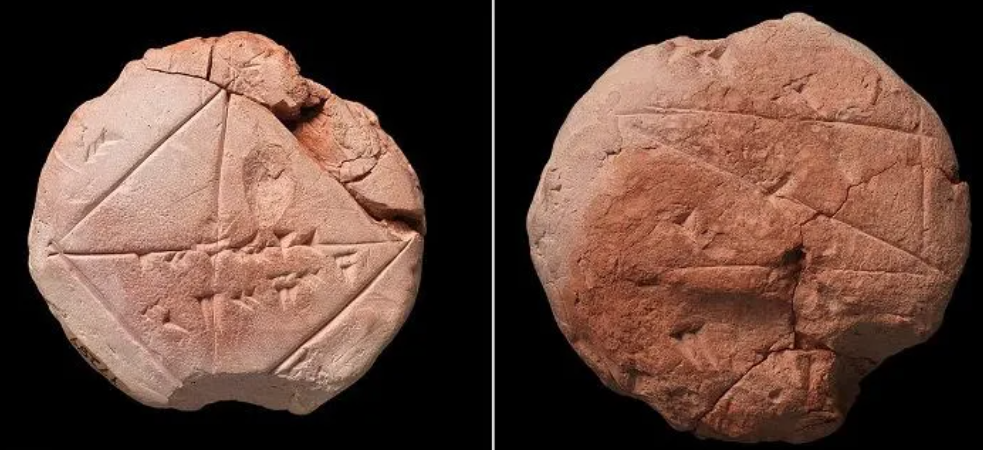Yet another intriguing testament to the profound wisdom of ancient civilizations has come to light. This time, we delve into the remarkable advancements in mathematics within the Babylonian Empire, which emerged as the successor to the Sumerian and Akkadian civilizations, inheriting and building upon their rich scientific and cultural heritage.
Pythagoras Theorem Found In Ancient Mesopotamia
Babylonian mathematics has long amazed historians. It was much more developed than the Egyptian one. The Babylonians solved quadratic equations, compiled multiplication tables, and knew geometric progressions, proportions, and percentages.
This probably helped them build such precisely calibrated multi-story ziggurats, which were much more complex than pyramids in architectural style.

Suffice it to say that in the Middle Ages, European scientists still used the Babylonian hexadecimal system of fractional parts. And it was from Babylon that the tradition of dividing an hour into 60 minutes and a minute into 60 seconds came from.
Subsequent civilizations, especially ancient Greece, widely used the achievements of Babylonian mathematicians and astronomers to develop their own sciences. And some of the discoveries attributed to the Greeks were apparently actually Babylonian discoveries.
This is exactly what happened with the famous Pythagorean theorem, which is considered one of the fundamental theorems of Euclidean geometry. It was recently discovered that this theorem is actually a thousand years older than Pythagoras himself, as it was written on an ancient Babylonian tablet.
The Pythagorean theorem establishes the relationship between the sides of a right triangle, which in the diagram looks like this: a² + b² = c², and reads: in any right triangle, the sum of the squares of the lengths of two legs is equal to the square of the length of the hypotenuse.

The Pythagorean theorem is most often used in architecture, construction, and astronomy, as it allows you to find the length of a segment much faster.
Pythagoras lived in 570-490 BC, and the dating of the Babylonian mathematical tablet numbered YBC 7289 gives 1800-1600 BC. This clay “pill” has a square divided into triangles with several numbers on one side and a right triangle on the other side.
“The conclusion is inescapable. The Babylonians knew the relationship between the length of the diagonal of a square and its sides,” writes mathematician Bruce Ratner of Rutgers University College in his paper.

It turns out that Ratner published this discovery back in 2009, in the journal Focusing on, Measurement and Evaluation for Advertising, but only the other day did journalists learn about it, when the article became available to everyone.
Some media outlets are already writing that this is perhaps the oldest example of scientific plagiarism.
Historical legend tells that Pythagoras created his theorem while examining square tiles on the floor and walls of a palace. When he got bored, he began to divide squares into triangles and thus came to the ratio of the lengths of the legs and the hypotenuse.
Now experts suggest that he most likely heard about this theorem when he began to be interested in mathematics, and then “popularized it and made it his own.”
In turn, Pythagoras’ students wanted to pay tribute to their teacher, which probably contributed to the further perpetuation of this theorem as discovered by Pythagoras.

